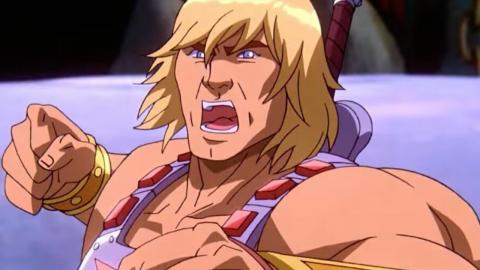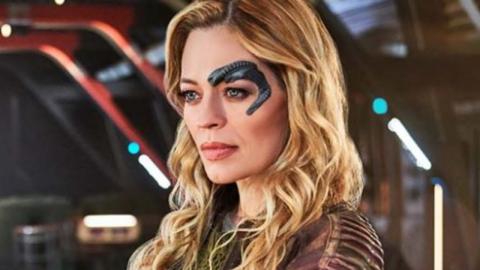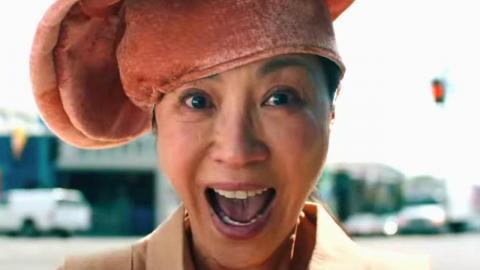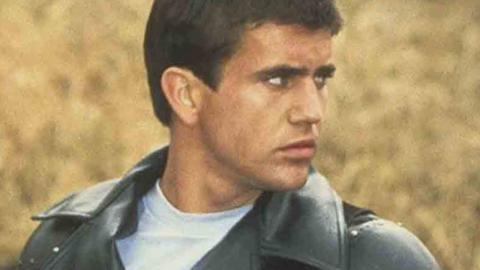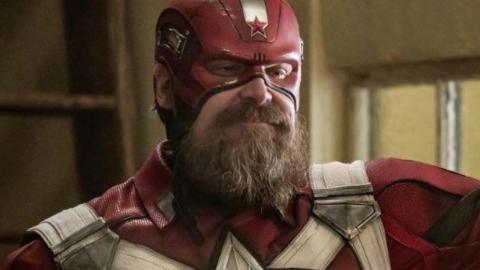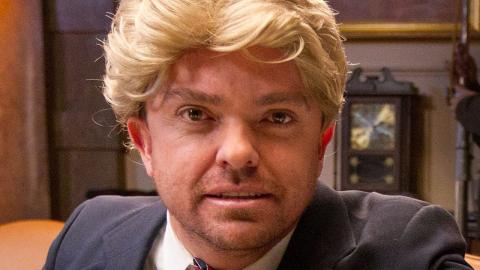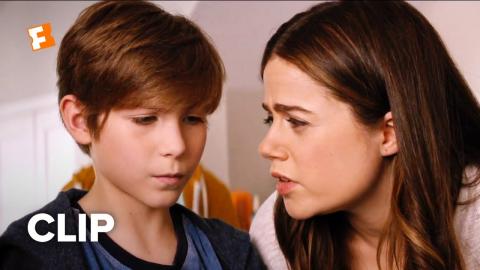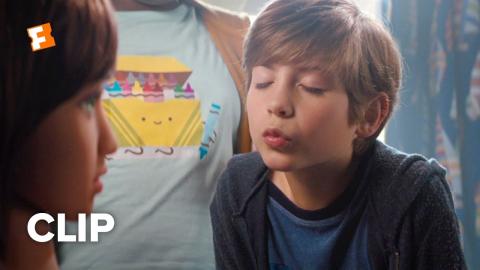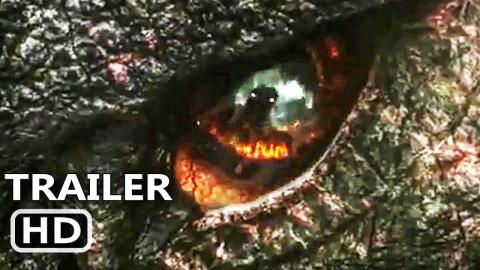The Untold Truth Of Shazam!
Description
From the lawsuit that took him out of comics, to his journey to being one of the most highly anticipated movie heroes of this decade, here's the untold truth of Captain Ma -- er, Shazam!
After his debut in 1938, Superman was a huge success. So successful, in fact, that he had inspired a massive boom for the brand-new superhero genre, including a huge wave of imitators and ripoffs. Dozens of new titles hoped to create the next Superman, but Fawcett Publications was one publisher that actually managed to do it.
In 1940, writer Bill Parker and artist C.C. Beck introduced the world to Captain Marvel, a character who had all of Superman's powers, but with two key differences. First, Captain Marvel's origins were drawn from a more magical, mythological source than the sci-fi explanations behind Superman's power. Second, and far more importantly, his mild-mannered secret identity was a kid. Billy Batson, a homeless child was chosen by the wizard Shazam. With a single magic word, he could transform into an adult who wielded the powers of six mythological heroes, turning him into the World's Mightiest Mortal.
In other words, every kid who wished they were Superman could now read the adventures of a kid who could become Superman whenever he wanted. With that idea, Captain Marvel was an instant success.
If you've got a good memory for trivia, you might already know that Billy Batson and his magical alter-ego made their debuts in the very first issue of Whiz Comics, but did you know that was actually Whiz Comics #2? That might seem confusing, but that's only because it is. Before debuting a new title, publishers would often create "ashcan" editions, cheap, low-quality versions with low print runs that they could use as proof-of-concept to attract potential advertisers and secure a copyright.
They'd done the same with Parker and Beck's new character, then called Captain Thunder, but still hadn't settled on a title, publishing it as both Thrill Comics and Flash Comics. By the time they got to publication, they'd decided to go with Whiz. Since they'd already published the story in the ashcan, Whiz started at #2… even though they'd technically printed it twice already.
Superman might've been the original, but as the '40s went on, Captain Marvel quickly became the most popular superhero of the decade by outselling Superman and Action Comics.
According to the Museum of Comic Book Advertising, Captain Marvel Adventures would eventually hit a high point of 1.3 million sales per month. That's an impressive figure under any circumstances, but consider that over the course of those same years, Captain Marvel and his sidekicks were also appearing in Whiz Comics, Wow Comics, Master Comics, Captain Marvel Jr., Mary Marvel, and The Marvel Family. In fact, he was so popular that Hoppy the Marvel Bunny, a rabbit version of Captain Marvel created for Fawcett's line of funny-animal comics, was headlining two titles every month. For comparison, Superman and Batman each had three, and one of them was World's Finest Comics, the series they appeared in together. Keep watching the video to learn the untold truth of Shazam!
#Shazam #DCEU
The Golden Age | 0:11
Number One? | 1:22
Crushing the competition | 2:08
The Monster Society of Evil | 2:57
Captain Marvel fights copyright law | 4:02
The Lost Years | 4:57
The Return of Shazam! | 5:48
Whatever happened to "Captain Marvel"? | 6:35
The Power of Shazam! | 7:41
The New 52 | 8:33
Shazam hits the screen… again | 9:59

